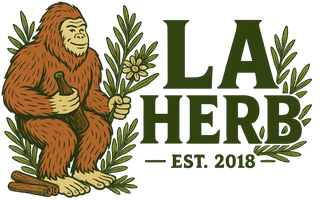Jewelweed (Impatiens capensis) is a remarkable herbaceous plant native to North America, known for its unique appearance and numerous medicinal properties. Its orange or yellow flowers with a characteristic jewel-like sheen have made it a popular choice for naturalists and herbal enthusiasts. This essay aims to explore the various uses of jewelweed and provide guidance on how to harness the power of this versatile herb.
I. Identification and Cultivation of Jewelweed
Before delving into the uses of jewelweed, it is essential to know how to identify and cultivate this plant. Jewelweed thrives in moist, shady areas near streams, ponds, and other wetland environments. It is an annual plant, which means it completes its life cycle within one growing season. The plant usually grows between 2 to 5 feet tall and has oval-shaped leaves with serrated edges. Its unique flowers are trumpet-shaped with a distinct spur at the back.
Cultivating jewelweed is relatively simple. The plant is typically propagated from seeds, which can be sown directly into moist soil or started indoors before transplanting. It is crucial to maintain consistent moisture levels and provide partial shade for optimal growth.
II. Medicinal Properties of Jewelweed
Jewelweed has long been recognized for its medicinal properties. Its primary uses include:
-
Poison Ivy and Poison Oak Remedy: Jewelweed is renowned for its ability to alleviate the symptoms of poison ivy and poison oak exposure. It contains compounds that counteract the urushiol oil responsible for the rash and itching. Applying a poultice made from crushed jewelweed leaves and stems directly onto the affected area can provide relief.
-
Anti-Inflammatory and Antifungal: The natural compounds found in jewelweed can reduce inflammation and combat fungal infections. Topical application of jewelweed-infused oil, salve, or ointment can be effective against athlete's foot, ringworm, and other fungal infections.
-
Treatment of Skin Irritations: Jewelweed can soothe various skin irritations, such as insect bites, minor cuts, and burns. Its soothing properties make it an excellent addition to homemade balms and creams for topical application.
III. Preparing Jewelweed for Use
To harness the power of jewelweed, you can prepare it in several ways:
-
Poultice: Crush fresh jewelweed leaves and stems to release the plant's juices, then apply the mixture directly to the affected area.
-
Infused Oil: Chop fresh or dried jewelweed and place it in a jar. Fill the jar with a carrier oil, such as olive or coconut oil, and let it sit for 4-6 weeks. Strain the mixture, and the infused oil is ready for use.
-
Salve or Ointment: Combine infused oil with beeswax or another natural wax to create a jewelweed salve or ointment. This can be used as a topical remedy for skin irritations and fungal infections.
-
Tincture: Chop fresh jewelweed and place it in a jar. Cover the plant material with high-proof alcohol and let it sit for 4-6 weeks. Strain the liquid, and the jewelweed tincture is ready for use.
Conclusion
Jewelweed is an exceptional herb with a wide range of applications, making it an essential addition to any natural remedy collection. By cultivating jewelweed and learning how to prepare it in various forms, you can harness its power to alleviate skin irritations, combat fungal infections, and provide relief from poison ivy and poison oak exposure. With its many benefits and ease of use, jewelweed truly deserves its place as a staple
